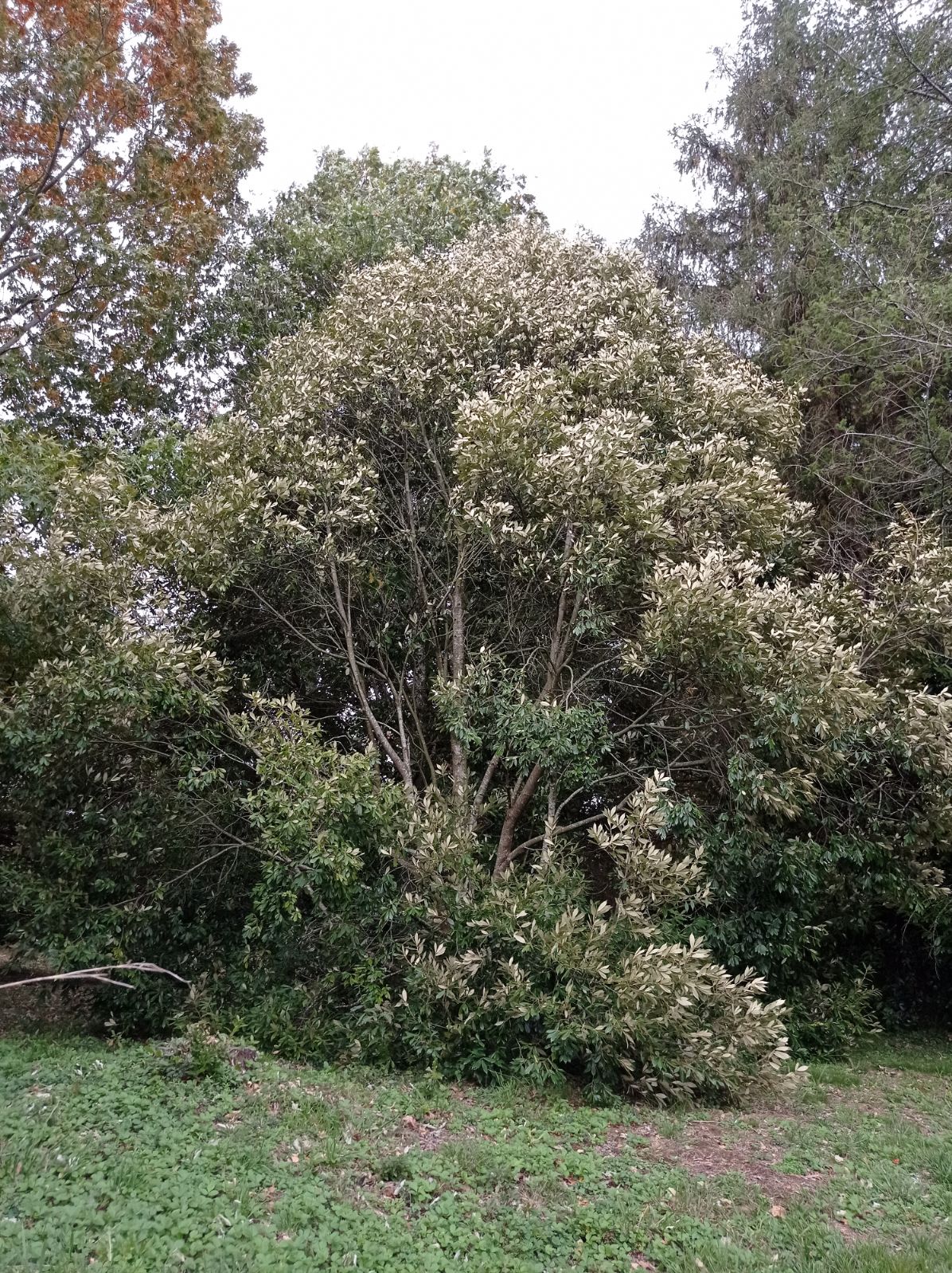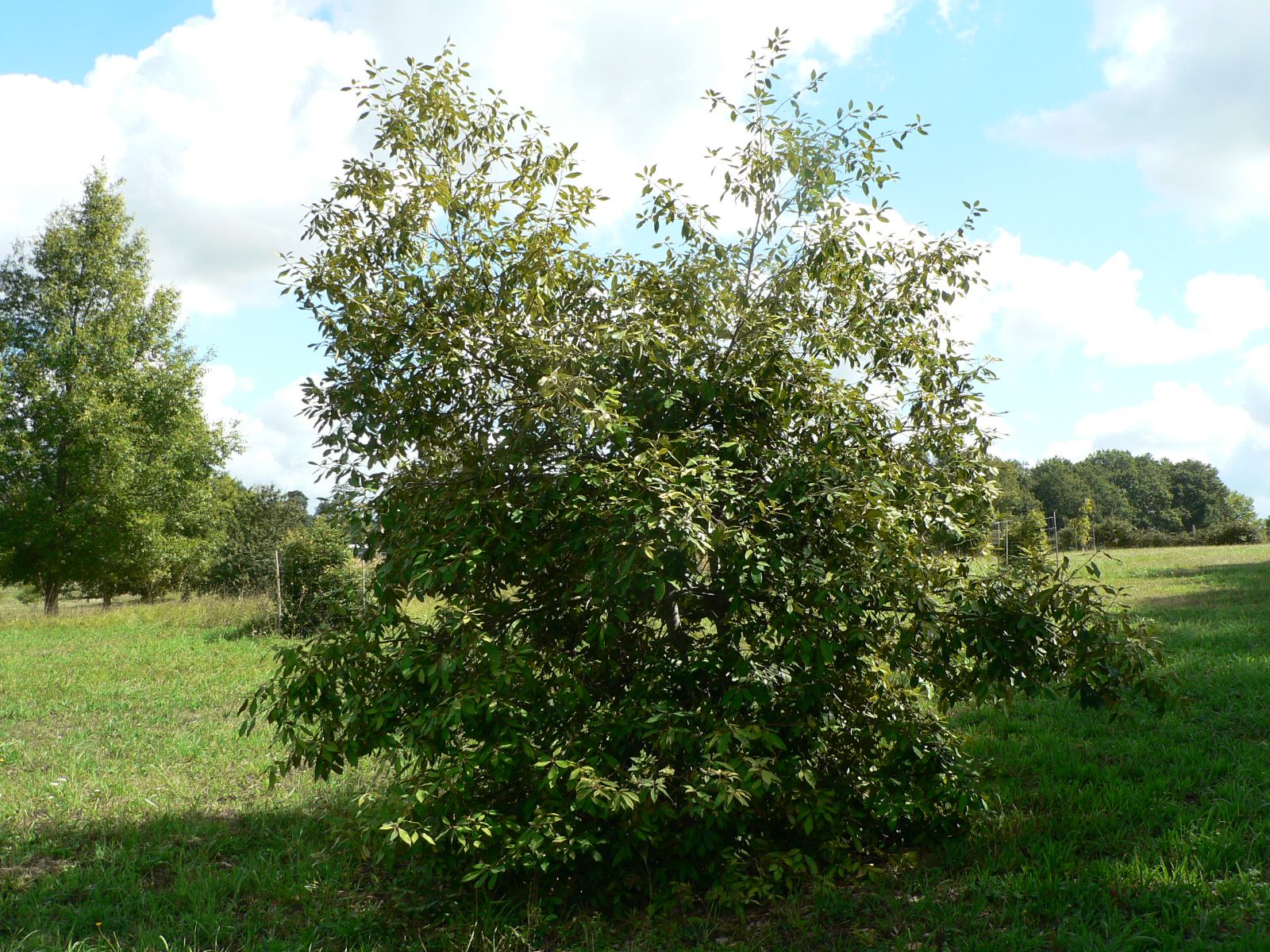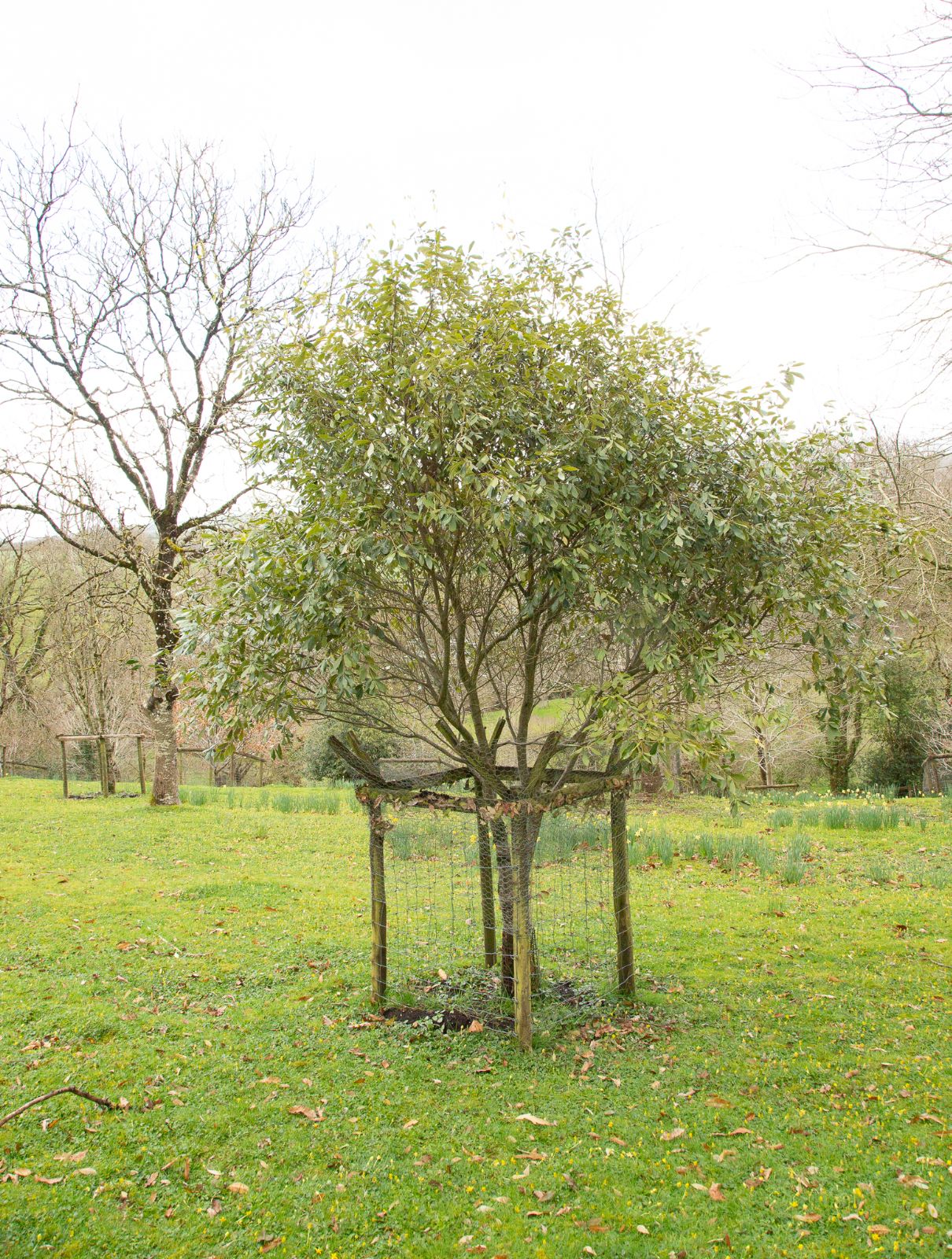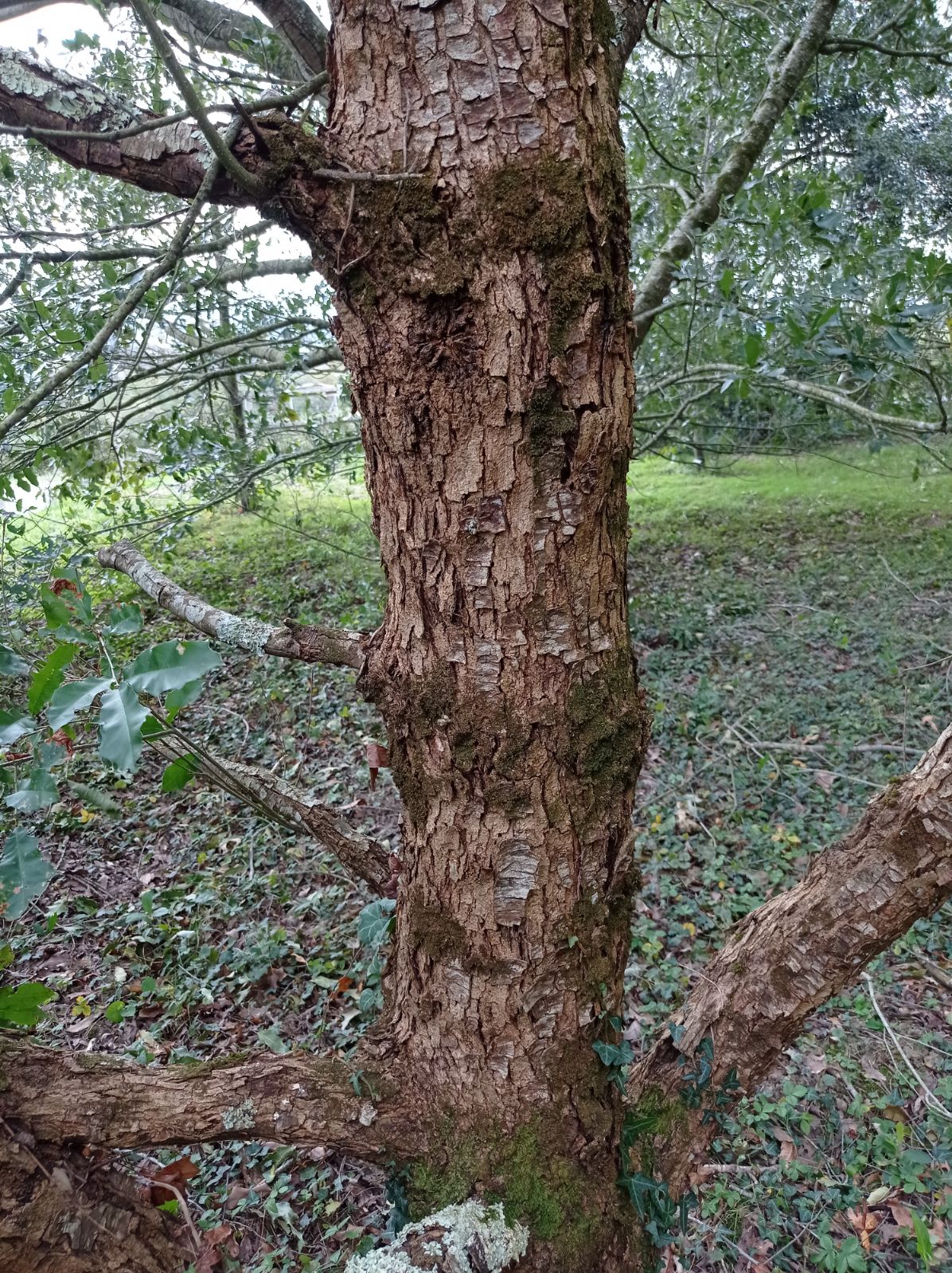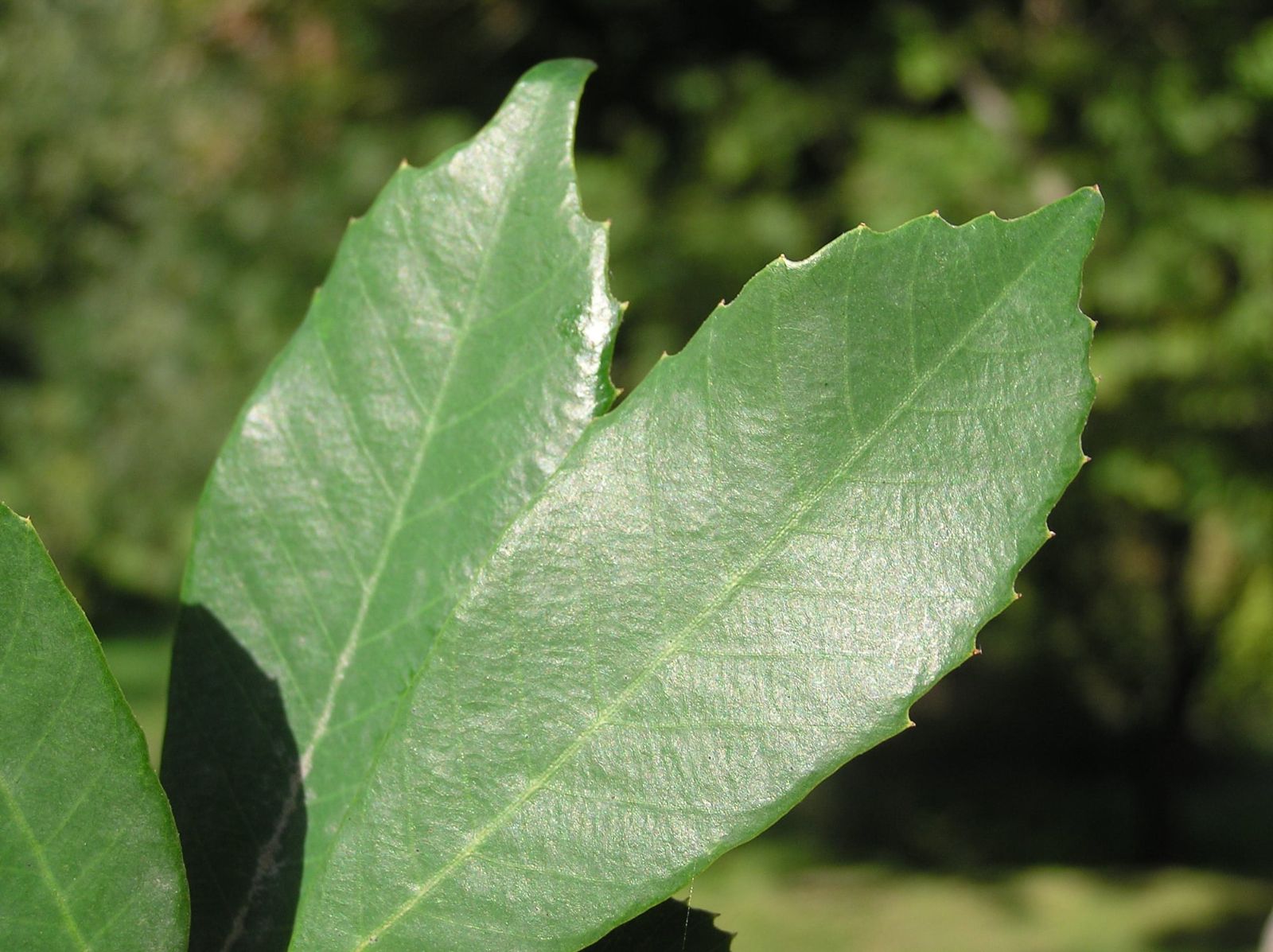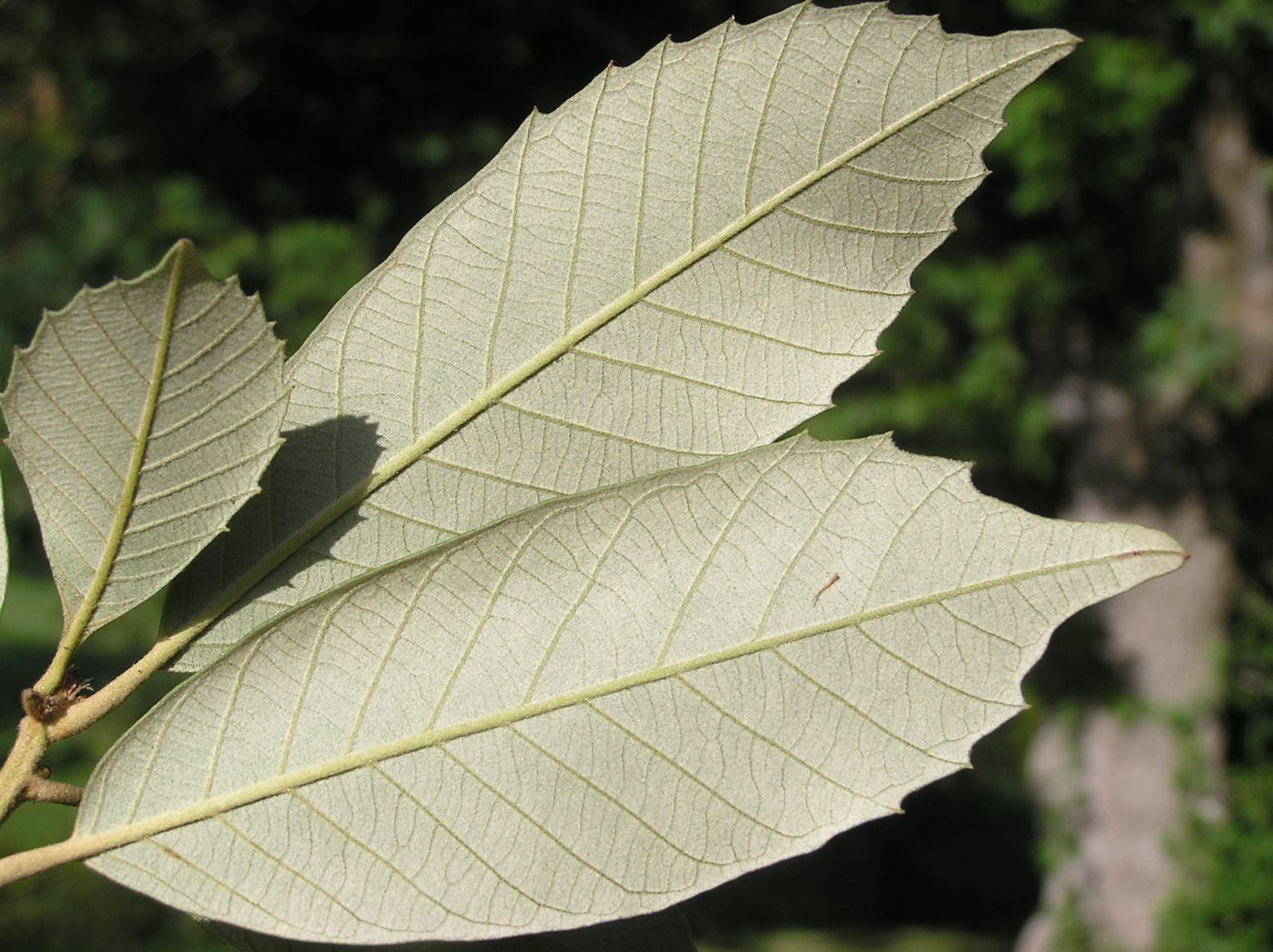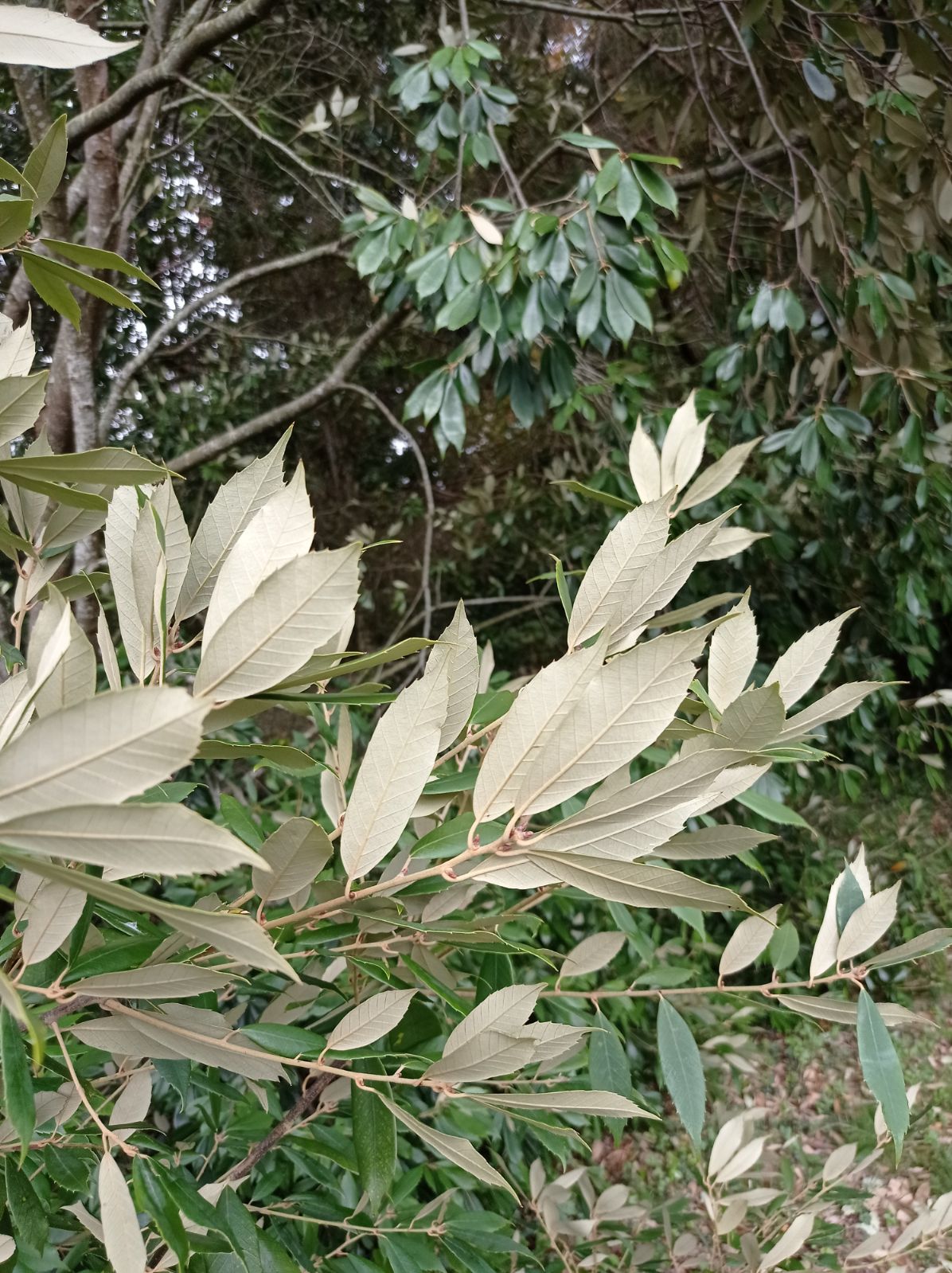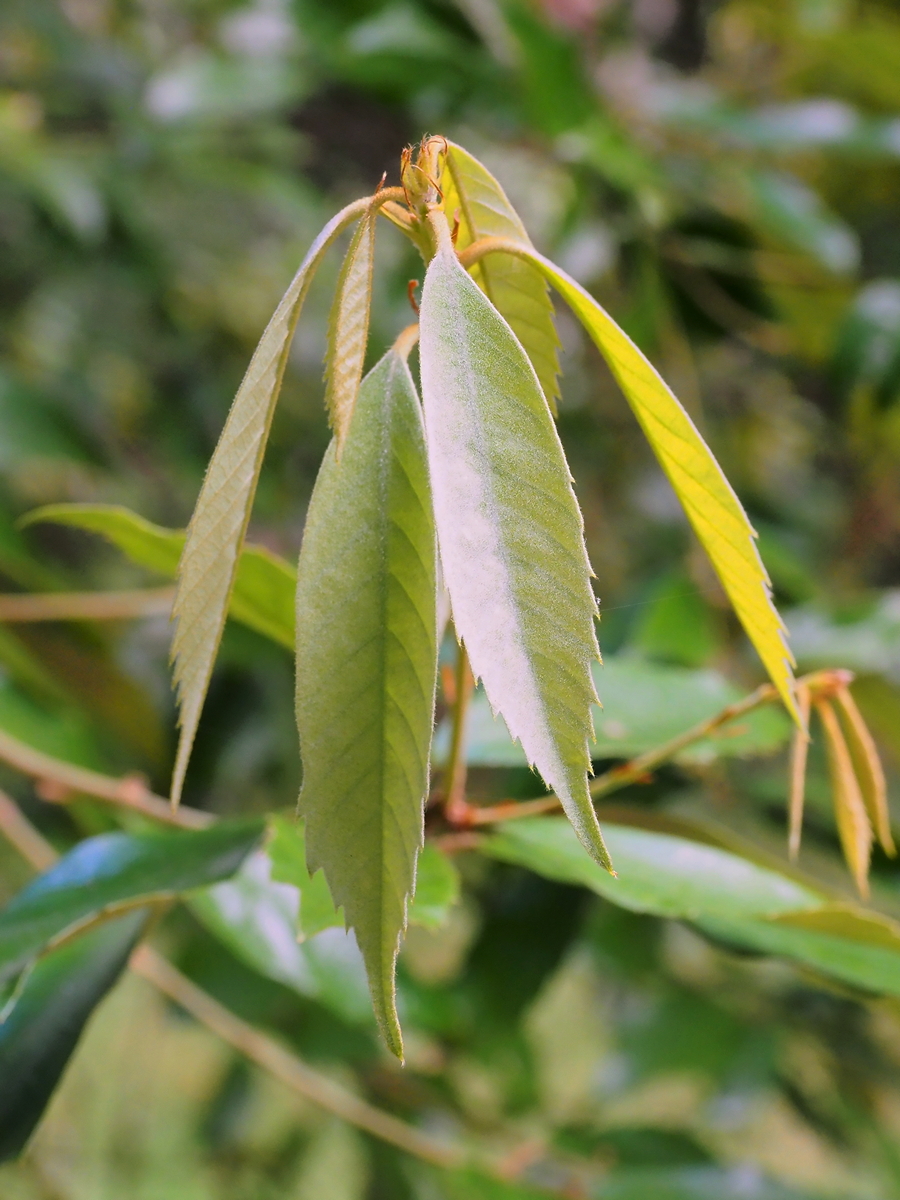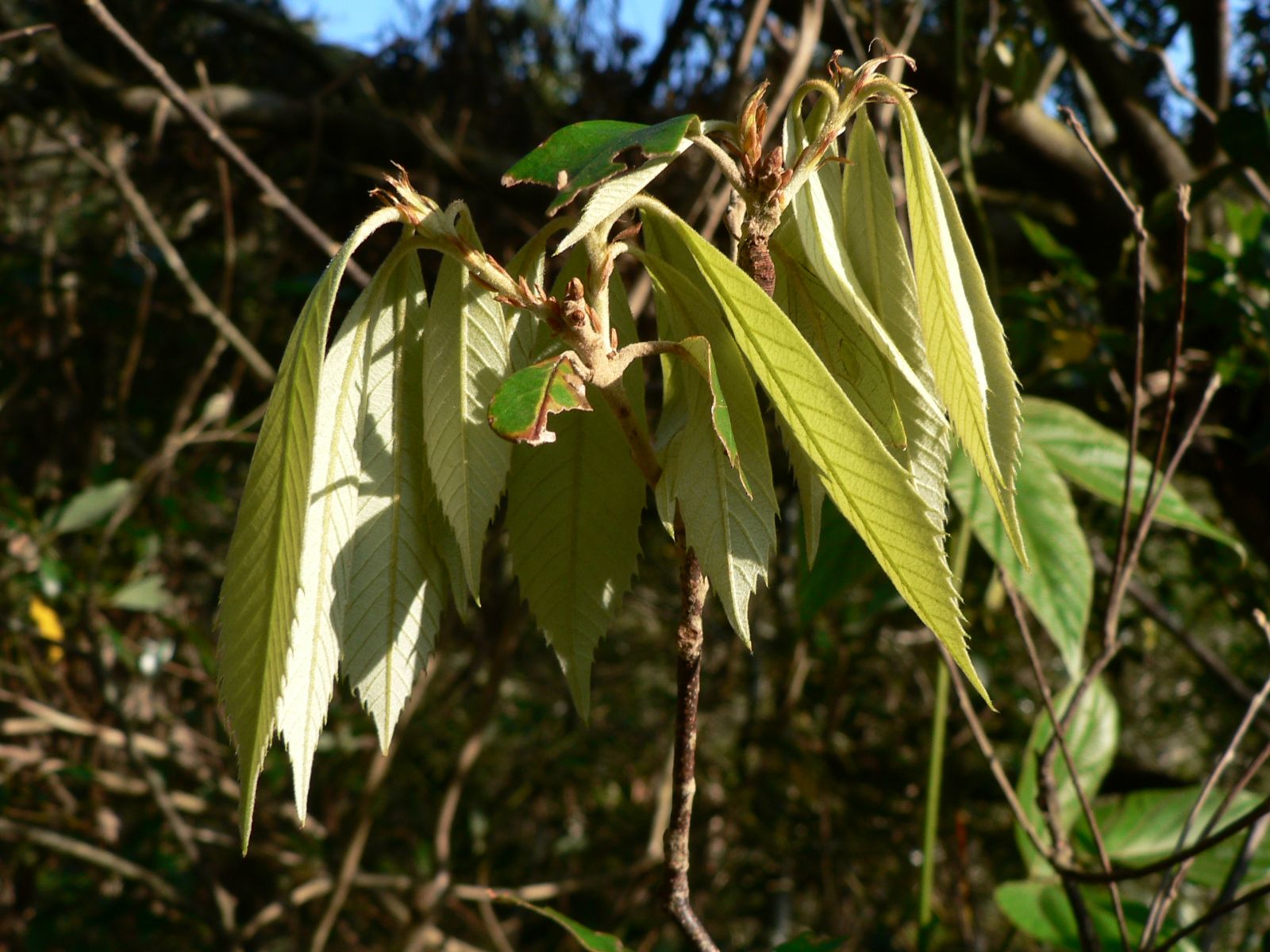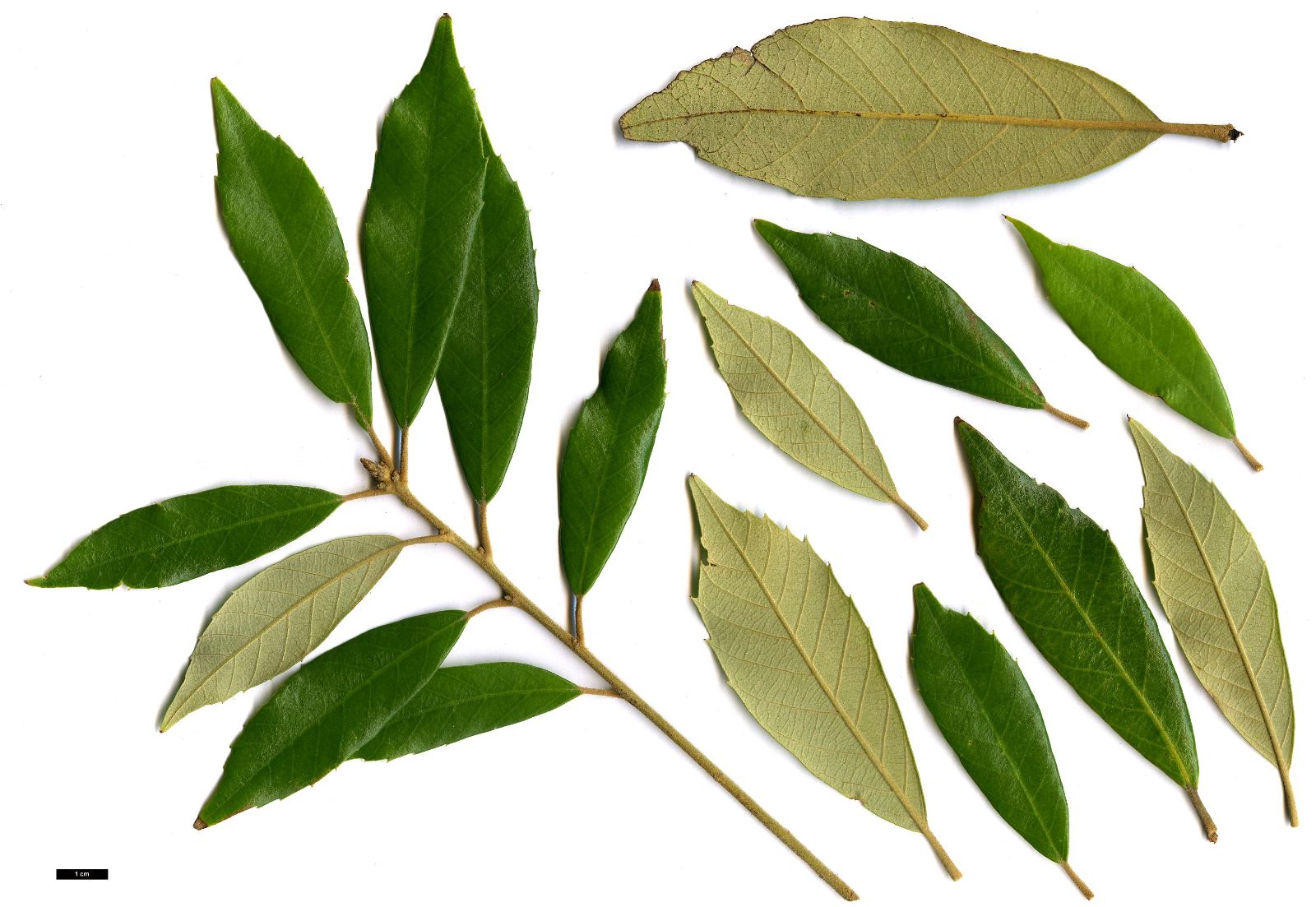Quercus gilva
Sponsor
Kindly sponsored by
The Trees and Shrubs Online Oak Consortium
Credits
Allen Coombes & Roderick Cameron (2022)
Recommended citation
Coombes, A. & Cameron, R. (2022), 'Quercus gilva' from the website Trees and Shrubs Online (treesandshrubsonline.
Genus
- Quercus
- Subgen. Cerris, Sect. Cyclobalanopsis
Common Names
- イチイガシ (ichiigashi)
- ロガシ (rogashi)
- 赤皮青冈 (chi pi qing gang)
- 개가시나무 (gaegasinamu)
- Chêne jaune du Japon
- Red-bark oak
Synonyms
- Cyclobalanopsis gilva (Blume) Oerst.
- Quercus hunanensis Hand.-Mazz.
Other taxa in genus
- Quercus acerifolia
- Quercus acherdophylla
- Quercus acrodonta
- Quercus acuta
- Quercus acutifolia
- Quercus acutissima
- Quercus afares
- Quercus affinis
- Quercus agrifolia
- Quercus alba
- Quercus aliena
- Quercus alnifolia
- Quercus aquifolioides
- Quercus arizonica
- Quercus arkansana
- Quercus aucheri
- Quercus augustini
- Quercus austrina
- Quercus × auzendei
- Quercus baloot
- Quercus bambusifolia
- Quercus baronii
- Quercus bicolor
- Quercus brantii
- Quercus buckleyi
- Quercus canariensis
- Quercus canbyi
- Quercus candicans
- Quercus castanea
- Quercus castaneifolia
- Quercus cerris
- Quercus chenii
- Quercus chrysolepis
- Quercus coccifera
- Quercus cocciferoides
- Quercus coccinea
- Quercus conspersa
- Quercus crassifolia
- Quercus crassipes
- Quercus delavayi
- Quercus dentata
- Quercus deserticola
- Quercus dolicholepis
- Quercus douglasii
- Quercus dumosa
- Quercus durifolia
- Quercus eduardii
- Quercus ellipsoidalis
- Quercus emoryi
- Quercus engelmannii
- Quercus engleriana
- Quercus euboica
- Quercus eugeniifolia
- Quercus fabri
- Quercus faginea
- Quercus falcata
- Quercus floribunda
- Quercus frainetto
- Quercus franchetii
- Quercus fruticosa
- Quercus fusiformis
- Quercus gambelii
- Quercus garryana
- Quercus geminata
- Quercus georgiana
- Quercus germana
- Quercus gilliana
- Quercus glabrescens
- Quercus glauca
- Quercus graciliformis
- Quercus gravesii
- Quercus griffithii
- Quercus grisea
- Quercus guyavifolia
- Quercus hartwissiana
- Quercus hemisphaerica
- Quercus × hispanica
- Quercus hondae
- Quercus hypargyrea
- Quercus hypoleucoides
- Quercus ilex
- Quercus ilicifolia
- Quercus imbricaria
- Quercus incana
- Quercus infectoria
- Quercus insignis
- Quercus ithaburensis
- Quercus kelloggii
- Quercus × kewensis
- Quercus kiukiangensis
- Quercus laceyi
- Quercus laevis
- Quercus lamellosa
- Quercus lanata
- Quercus lancifolia
- Quercus laurifolia
- Quercus laurina
- Quercus × leana
- Quercus leucotrichophora
- Quercus × libanerris
- Quercus libani
- Quercus lobata
- Quercus lobbii
- Quercus lodicosa
- Quercus longinux
- Quercus longispica
- Quercus look
- Quercus × ludoviciana
- Quercus macranthera
- Quercus macrocalyx
- Quercus macrocarpa
- Quercus macrolepis
- Quercus marilandica
- Quercus mexicana
- Quercus michauxii
- Quercus mongolica
- Quercus monimotricha
- Quercus montana
- Quercus morii
- Quercus muehlenbergii
- Quercus myrsinifolia
- Quercus myrtifolia
- Quercus nigra
- Quercus × numidica
- Quercus oblongifolia
- Quercus obtusata
- Quercus oglethorpensis
- Quercus oxyodon
- Quercus pagoda
- Quercus palmeri
- Quercus palustris
- Quercus pannosa
- Quercus parvula
- Quercus petraea
- Quercus phellos
- Quercus phillyreoides
- Quercus planipocula
- Quercus poilanei
- Quercus polymorpha
- Quercus pontica
- Quercus prinoides
- Quercus pubescens
- Quercus pyrenaica
- Quercus rehderiana
- Quercus reticulata
- Quercus robur
- Quercus rotundifolia
- Quercus rubra
- Quercus rugosa
- Quercus rysophylla
- Quercus sadleriana
- Quercus salicina
- Quercus sartorii
- Quercus × schneideri
- Quercus schottkyana
- Quercus semecarpifolia
- Quercus senescens
- Quercus serrata
- Quercus sessilifolia
- Quercus setulosa
- Quercus shumardii
- Quercus sinuata
- Quercus spinosa
- Quercus stellata
- Quercus stenophylloides
- Quercus suber
- Quercus subspathulata
- Quercus tarokoensis
- Quercus tatakaensis
- Quercus texana
- Quercus tomentella
- Quercus trojana
- Quercus tungmaiensis
- Quercus turbinella
- Quercus × turneri
- Quercus undulata
- Quercus utahensis
- Quercus utilis
- Quercus uxoris
- Quercus variabilis
- Quercus velutina
- Quercus virginiana
- Quercus vulcanica
- Quercus warburgii
- Quercus wislizenii
- Quercus xalapensis
Tree to 35 m. Bark smooth, greyish, later brownish and scaly. Branchlets (and immature growth) densely covered in pale orange-brown or tawny stellate tomentum; twigs become glabrous only at the third year. Older branchlets spotted with pale lenticels. Leaves evergreen, often bunched towards the tips of branches, 6–12 × 2–3.5 cm, leathery, narrowly oblanceolate to elliptic, base attenuate or wedge-shaped, rarely rounded, upper surface covered at first with yellowish tomentum, becoming glabrous, lower surface covered with white or tawny stellate tomentum, persisting till the end of the season, secondary veins forming a prominent herring-bone pattern, slightly raised beneath, 11–18 secondary veins on each side of the midrib, margins entire or finely serrated near the apex, apex acuminate; petiole 1–1.5 cm long and tawny-tomentose. Infructescence orange-tomentose, 1 cm long, with two cupules. Cupule bowl-shaped, 0.6–0.8 × 1.1–1.5 cm, outside and inside pale greyish or reddish brown-pubescent; scales in five to seven rings. Acorn ellipsoid to globose, with one-quarter to half of its length enclosed in the cupule, 1.5–2 cm long, glabrous save for the tomentose, prominent stylopodium, ripening in the first year. (Muir 1996; Huang et al. 1999; Menitsky 2005; le Hardÿ de Beaulieu & Lamant 2010).
Distribution China Fujian, Guangdong, Guizhou, Hunan, Zhejiang Japan Honshu, Shikoku, Kyushu South Korea Jeju Island Taiwan
Habitat Broadleaf evergreen forest between 300–1500 m asl. In Japan it is found up to 1040 m asl, in association with Q. hondae, Castanopsis sieboldii, Ilex rotunda, Lithocarpus edulis, and Sciadopitys verticillata. In South Korea it is found only on Jeju Island between 80–350 m asl.
USDA Hardiness Zone 7
RHS Hardiness Rating H6
Conservation status Least concern (LC)
Despite catching the eye of Western travellers and being revered in Japan as the most noble and sacred oak, this species was only introduced into cultivation in Europe and the US relatively recently.
While journeying through Japan in 1892, Charles Sargent referred to Quercus gilva as a beautiful species and picked out a specimen in the temple grounds at Nara as ‘the finest Oak-tree and perhaps the finest tree we saw in Japan’ (Sargent 1894). It is no coincidence that he saw it where he did: traditionally Q. gilva has been planted next to shrines and temples in western Japan (Matsumura 2021; K. Tokunaga, pers. comm.), perhaps due to its salient ornamental features: new foliage and shoots emerge clothed in pale yellow tomentum, the leaves retaining a pleasing whitish yellow colour through spring. Mature trees stand out due to their striking bark, described by Shaun Haddock as ‘very distinctive pale bark flaking into loose plates, often marked with wavy parallel striations in the manner of bark beetle galleries’ (Haddock 2008).
Le Hardÿ de Beaulieu and Lamant (2010) suggest that it is hardy to USDA zone 8 and perhaps 7. The earliest introduction to the UK was not until 1996, when seed collected by McNamara and Maunder (MBMX 369) in Kyushu, Japan was accessioned at Kew. A tree there had reached approximately 4 m in 2009 (Grimshaw & Bayton 2009). It is also found at Tregrehan, where a tree sourced from Taiwan and planted in 2005 reached about 5 m in 2020 (T. Hudson pers. comm.). At Chevithorne Barton a plant from seed collected by Allen Coombes in Taiwan in 2004 has reached 3.7 m in 2021 (J. MacEwen pers. comm.). At Penrice Castle in Wales a plant from a collection by Shaun Haddock in Japan in 2007 was only planted out in 2015 and measured 1 m in 2021 (T. Methuen Campbell pers. comm.). The largest specimen reported in the UK is a tree at Wynkcoombe Arboretum, which measured 7.25 m × 9 cm dbh in 2021 (N. Smith pers. comm.).
Larger trees can be found in European collections: at Shaun Haddock’s Arboretum de la Bergerette a tree from his 2007 collection had reached approximately 8 m in 2019, and trees of similar size are found at Aboretum de Chocha and Iturraran Botanical Garden (pers. obs., F. Garin pers. comm.). At Arboretum des Pouyouleix, a specimen of garden origin planted in 2007 bore acorns for the first time in 2020, having reached a height of 4 m (B. Chassé pers. comm.).
The species has a longer history in cultivation In the U.S. At Washington Park Arboretum in Seattle, seed was received from the Botanic Garden of Osaka University, Japan in 1957 and three trees were planted in 1967 (Mulligan 1983). One of these developed tree form and had reached over 4 m in 1983 while the other two evolved into ‘nondescript shrubs’ (Jacobson 1990). All three suffered damage in a cold snap in December 1983, but soon recovered (Mulligan 1983, 1984; Jacobson 1990). It is also found in gardens in more temperate zones of the U.S. (zone 7 or above), including Huntington Botanical Gardens in California (DAPC 2021), Armstrong State University Arboretum in Georgia (Cameron 2015) and the U.S. National Arboretum – in this last case perhaps close to the limit of its hardiness range (USDA zone 7a) (US National Arboretum 2021).
The species is known in Japan as ichiigashi. For some sources (le Hardÿ de Beaulieu & Lamant 2010; Haddock 2008) this is to be interpreted as ‘number one oak’ or ‘first oak’, based on the numeral 1 in Japanese (ichi). There are several theories regarding the reason for this top ranking, including height, best wood, and holiness. However, it is probable that ichii refers specifically to the highest rank in an ancient system of court ranks in Japan, also applied to Shinto gods (Japanese Wiki Corpus 2021; K. Tokunaga pers. comm.). ‘Gashi’ is a term for evergreen oaks. So it may be more appropriate to translate it as ‘noble oak’ or ‘Lord’s oak’.
In French it is referred to as chêne jaune (yellow oak), but an additional du Japon or d’Asie is required to distinguish it from the Amercian yellow oak (Q. muehlenbergii). For Blume, who described it in 1851, the colour yellow was also the salient feature on which he based his choice of epithet: gilva means yellow or dun-coloured and though used in classical Latin exclusively to describe the colouring of horses, it is commonly used in botanical Latin to describe plant colouring. It is related to the German gelb and the English yellow (Wiktionary 2021). Blume used it in reference to the tomentum on the new shoots and leaf undersides.


